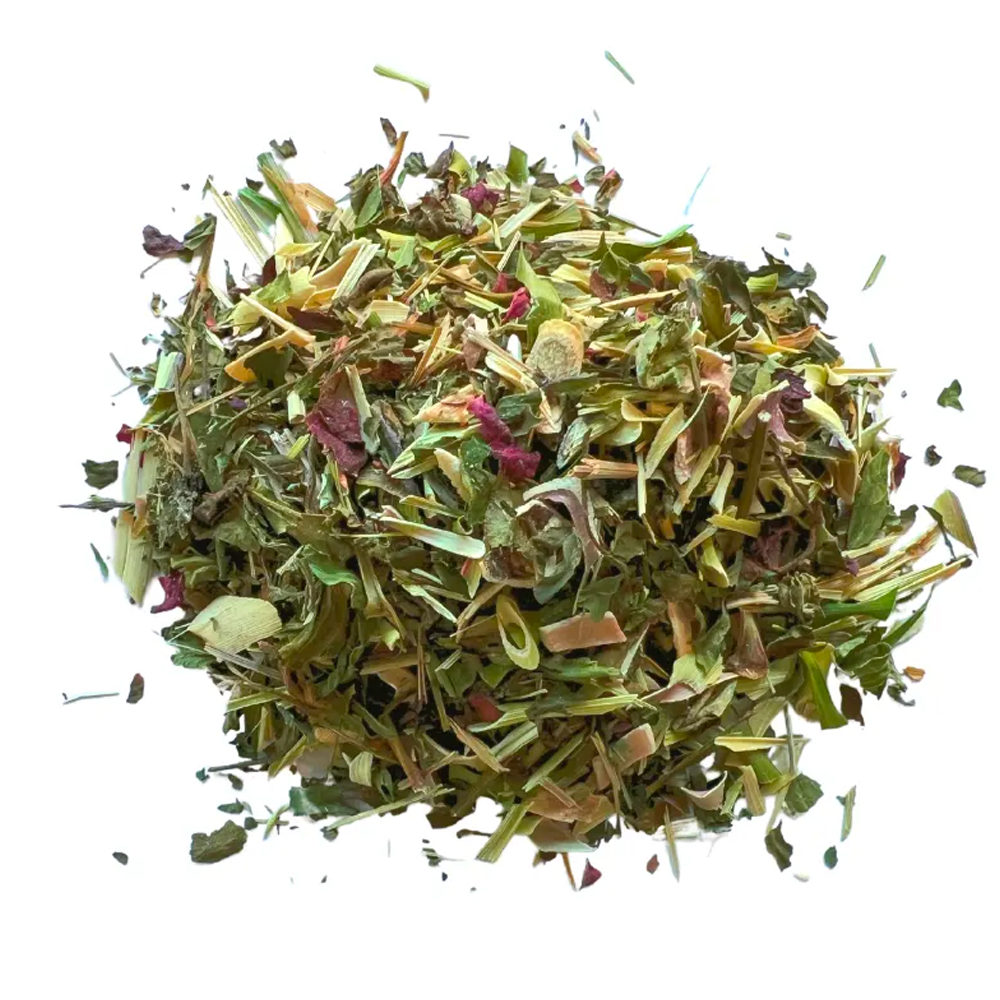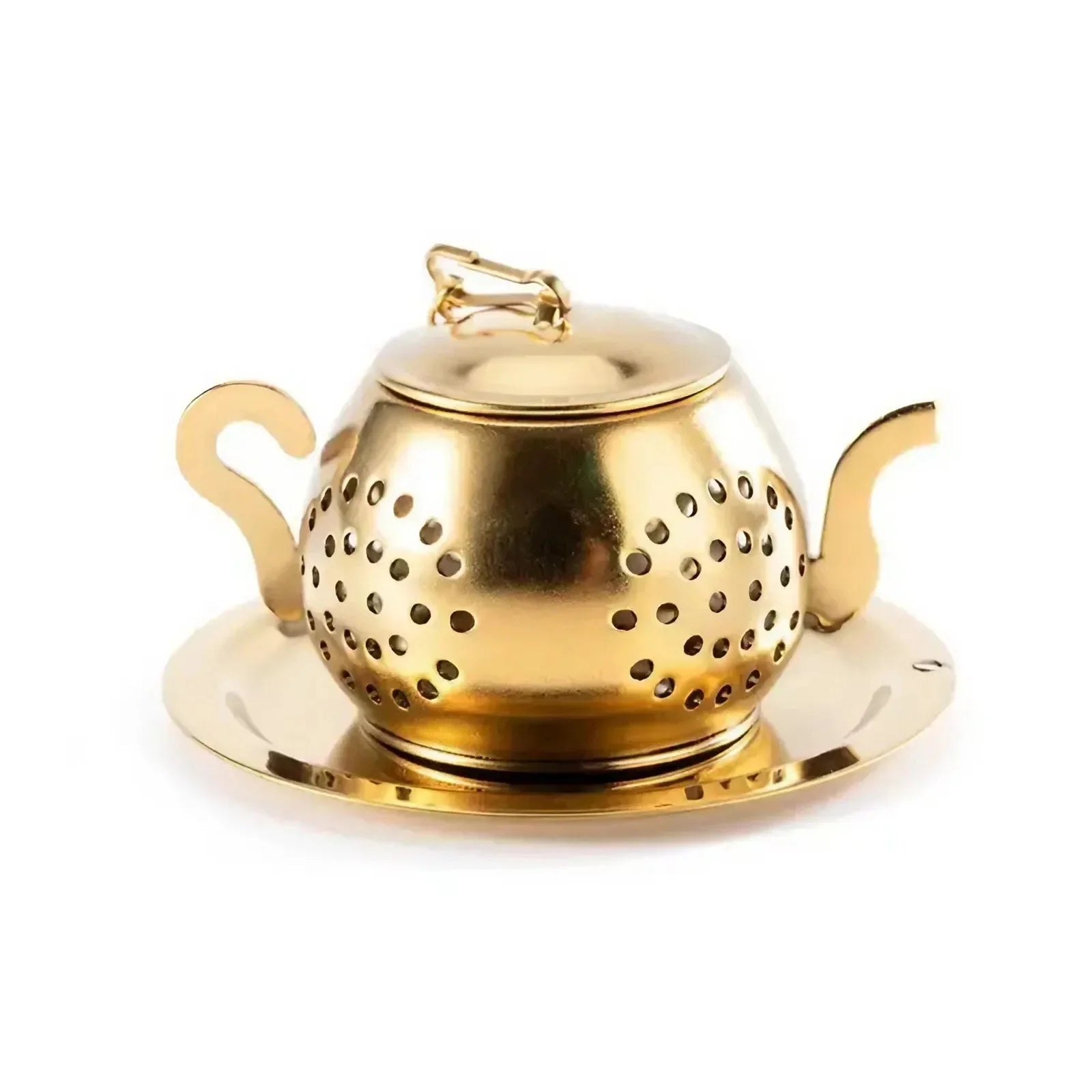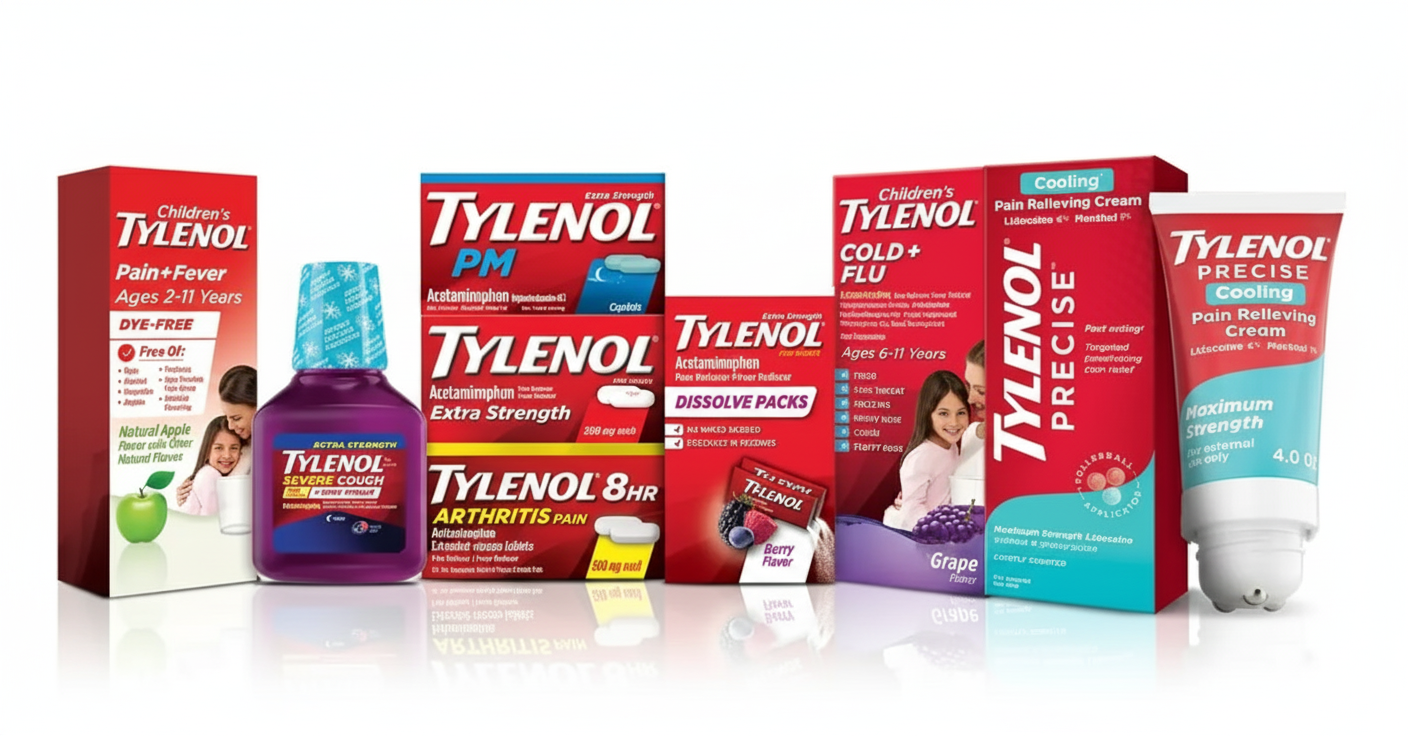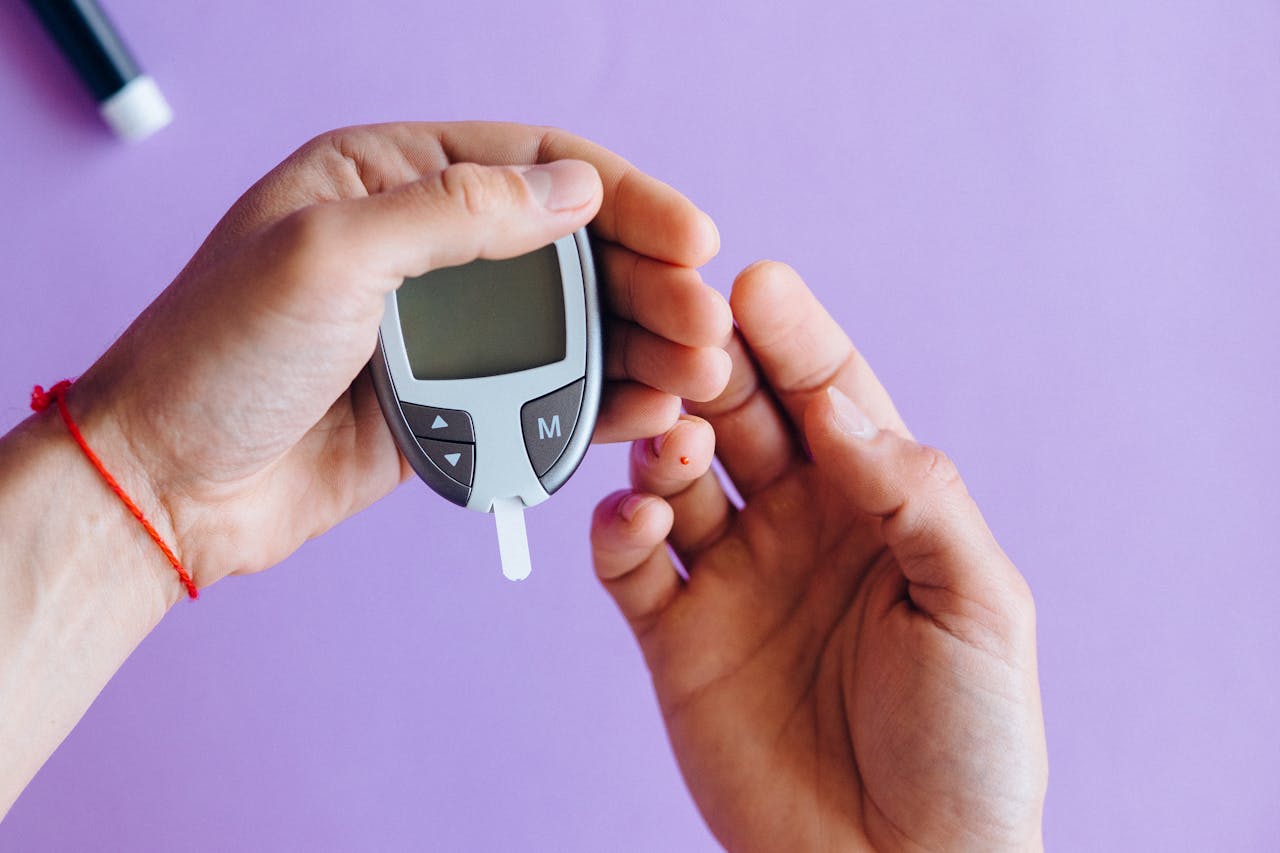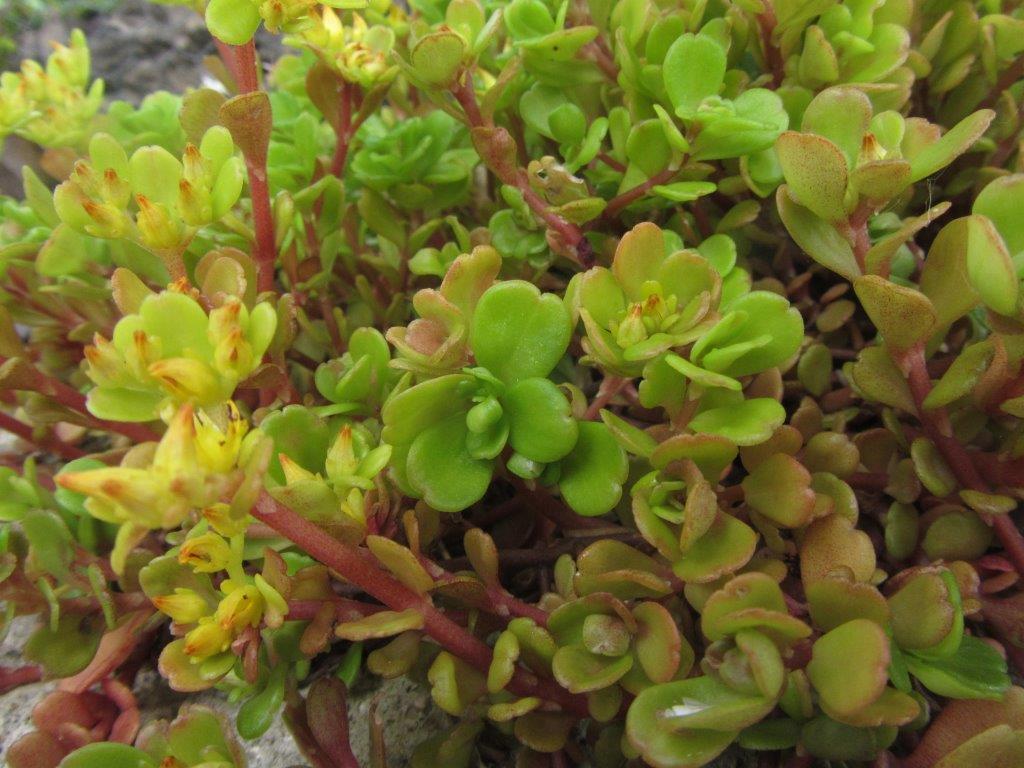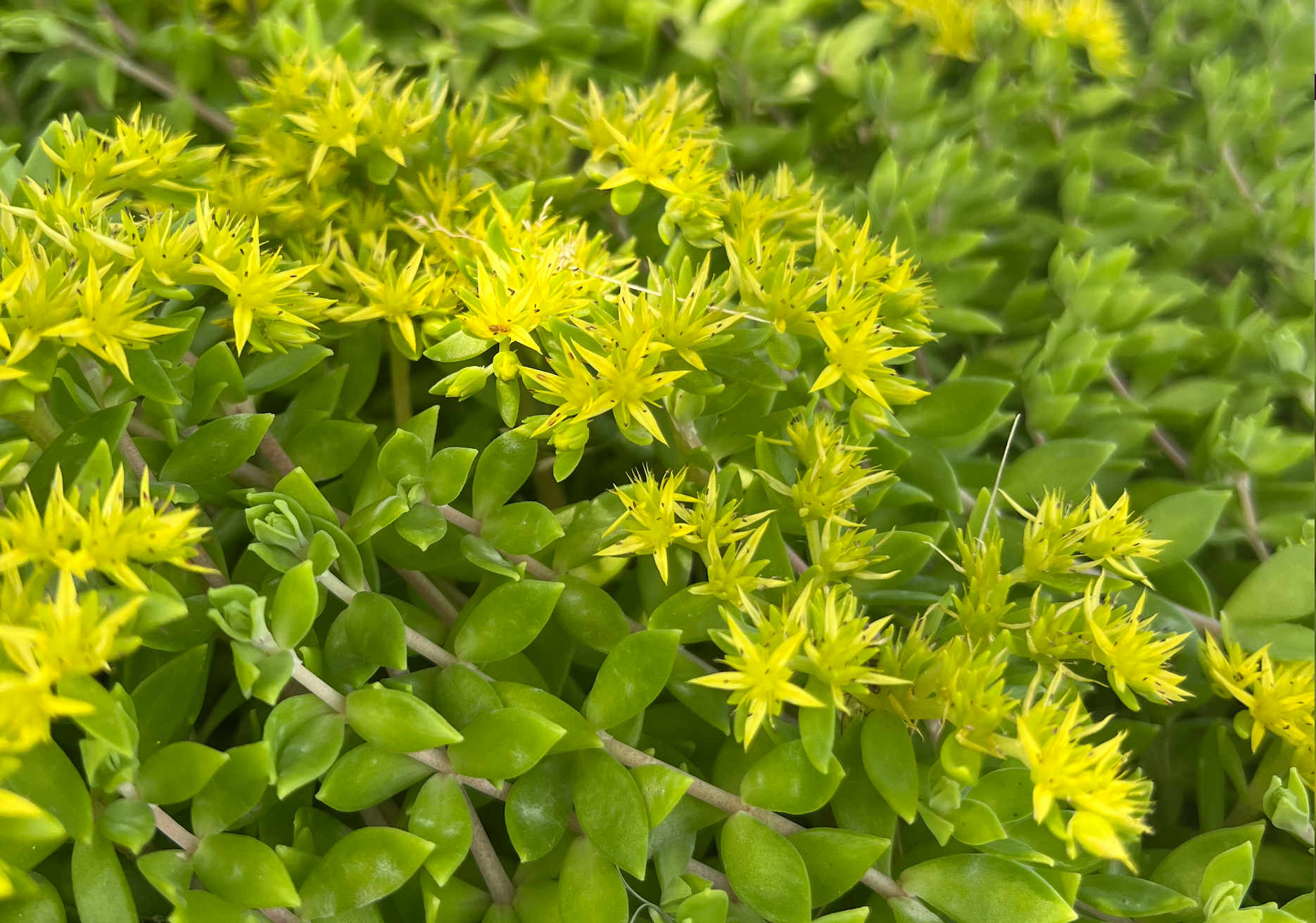Hmong healing practices have been passed down through generations, utilizing herbs to treat various illnesses. These practices have been integral to the Hmong culture, and have been used for centuries to maintain good health and well-being.
One of the key reasons why Hmong people use herbs (tshuaj ntsuab) to heal illnesses is because of their natural properties. Herbs contain a variety of compounds that can have medicinal effects on the body. They can be used to treat a wide range of conditions, from minor ailments like colds and flu, to more serious conditions like cancer and heart disease.
The Hmong healing tradition utilizes a wide range of herbs, including ginseng, ginkgo, garlic, licorice root, sweet flags, pennywort, and dandelion, among others, to treat a diverse range of illnesses. One of the most commonly used herbs in Hmong healing practices is ginger. Ginger is known for its anti-inflammatory properties, and can be used to treat sore throats, headaches, and other types of pain. It is also used to treat nausea and vomiting, making it a popular herb for pregnant women. In addition, Hmong people use small ginger pieces to massage children (xais ceeb) along their acupressure points to relieve illness and prevent their children from getting startled easily (watch step by step tutorial in this video). To the Hmong community, each plant possesses unique properties and can effectively treat various health issues when used correctly.
The integration of herbs with other therapies, such as massage, acupuncture, and spiritual calling is a crucial component of Hmong healing practices. This holistic approach recognizes the interconnectivity of physical, mental, and spiritual health and seeks to address all aspects of a person’s well-being. For example, a massage can help to relieve physical tension and improve circulation, while acupuncture can help to balance the body’s energy and stimulate healing. Spirit calling, also known as spirit summoning, is a central aspect of shamanic practice. It involves the use of ritual and ceremony to communicate with spirits, both good and bad, for the purpose of healing and protection. When these therapies are combined with the use of herbal medicine, they can create a powerful healing experience that addresses both physical and emotional issues.
The holistic approach of Hmong healing practices highlights the importance of considering the whole person and their environment, rather than just treating specific symptoms. This approach is believed to be more effective in promoting long-term health and wellness, and it reflects the deep cultural beliefs and values of the Hmong people.
While modern medicine is an important and necessary aspect of healthcare, many Hmong people still prefer to try the holistic approach first. There are several reasons for this. First, Hmong healing practices are deeply ingrained in our culture and have been passed down through generations. For many Hmong people, utilizing traditional methods of healing is a way to connect with our heritage and maintain a sense of cultural identity. Second, the holistic approach to healing is often seen as more natural and less invasive. Herbs and other natural remedies are often seen as less harmful than modern medications, which can have side effects. Additionally, Hmong healing practices often incorporate the use of massage and acupuncture, which are gentle and non-invasive forms of therapy. Third, the holistic approach is often more affordable and accessible to Hmong communities. Many traditional remedies can be found in the wild or grown in home gardens, and traditional healers often provide their services for free or at a lower cost than modern healthcare providers. Lastly, many Hmong people have had positive experiences with traditional healing practices and have found them to be effective in treating their illnesses. This often leads to more trust in traditional methods of healing and a preference for them over modern medicine.
It’s important to note that the majority of Hmong people are not opposed to modern medicine and they often use it in conjunction with traditional healing practices. Many Hmong people seek out traditional healers and practitioners for minor illnesses and ailments, and turn to modern medicine for more serious conditions. The holistic approach and traditional healing practices are seen as complementary to modern medicine, not as a replacement for it.
In conclusion, Hmong people often prefer to try the holistic approach first, because traditional healing practices are deeply ingrained in our culture, seen as more natural and less invasive, more affordable and accessible, and have been effective in treating illnesses. This holistic approach is seen as complementary to modern medicine, not as a replacement for it. Hmong healing practices have been passed down through generations, utilizing herbs to treat various illnesses. These practices have been integral to the Hmong culture, and have been used for centuries to maintain good health and well-being. Herbs are an important part of these practices, due to their natural properties, which can have medicinal effects on the body. Hmong healing practices also combine herbs with other therapies, such as massage and acupuncture, for a holistic approach to health and well-being.

